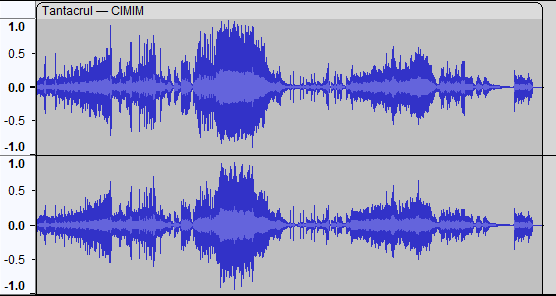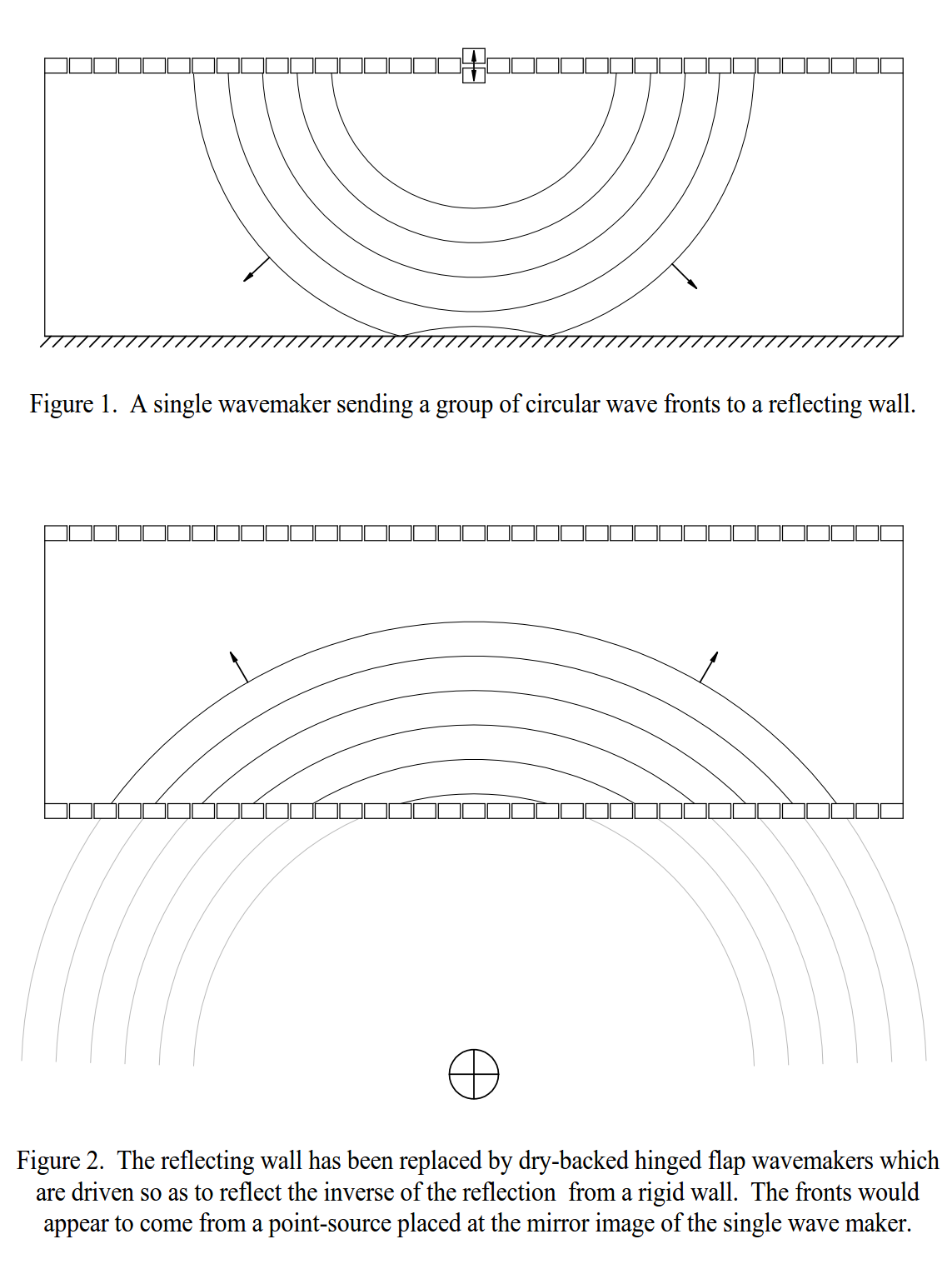


Anything that would exceed said 0dBFS gets distorted in rather unpleasant fashion. The absolute maximum level that can be handled by a digital system is referred to as 0dBFS. On digital equipment, there is no headroom. However, analog distortion (and even clipping, to an extent) can be pleasing - not only have learned to live with it, we often use it deliberately, as a creative tool. As level increases beyond 0dBVU, so does distortion - until one reaches the clipping point, where the system just can’t keep up any longer. The amount of gain above 0dBVU that can be handled without clipping is known as “headroom.” Typically, 0dBVU is also where analog equipment performs at its best. However, there is room to accommodate additional gain. On analog equipment, 0dBVU is considered “unity” (nothing added nor subtracted, level-wise). It took me a minute to find two (among many) relevant post, get back here and paste them, below. One of these days you ought to try that “search thang” I mentioned in my previous post. Andre - in my own production I have not used an analog recorder (I am young enough to have grown up producing totally in the DAWS!), so could you expand on setting level in accordance with a reference level of choice please? if you are going to record and mix completely in the box you are better off keeping the levels lower for better Signal to noise ratio and to keep intersample peaks from clipping plugins and such. So, to answer the original poster's question. Whereas on an analog console as soon as you start pulling the fader down you are changing the sound (since the fader is a voltage controlled amplifier/variable resistor). Most people today don't really do this because pulling the fader down in PTHD doesn't really effect the sound of the track (until you get down around -90dB on the fader). Some of the best tracking engineers I've seen, record everything with the faders set to "0" and change the mic preamp gain to place things proper ly within the mix WHILE TRACKING. This means, the old analog technique of "keep the needle right around 0 on the VU meter" translates to "Keep the signal right around -18dB on the Protools meter (which is just under halfway up the meter)". The 192IO is set from the factory to -18dBfs (on the PT meter) = +4dBu = 1.228 Volts = 0 VU (on an Analog VU meter). You are only going to make your recordings noisier by turning up the preamps.Ĭalibrate your studio and everything will fall into place. There is no need to record as hot as possible since there is no tape noise/hiss to compete with. If you are recording into a DAW, you are NOT USING TAPE. So, if you are trying to record at louder levels the only thing you are doing is putting MORE NOISE into your tracks because you are turning your mic preamps up to get the signal as hot as possible without clipping. Your mic and mic preamp will have AT least 30dB MORE noise in it than your DAW. Most mic preamps have a noise floor of about -90dB, protools is around -118dB to -120dB. What noise? Your mic preamp that you are cranking up is going to have more noise in it than your protools system. But I would say the reason is because of noise. I am always of the opinion that hot levels are better across the board.


 0 kommentar(er)
0 kommentar(er)
